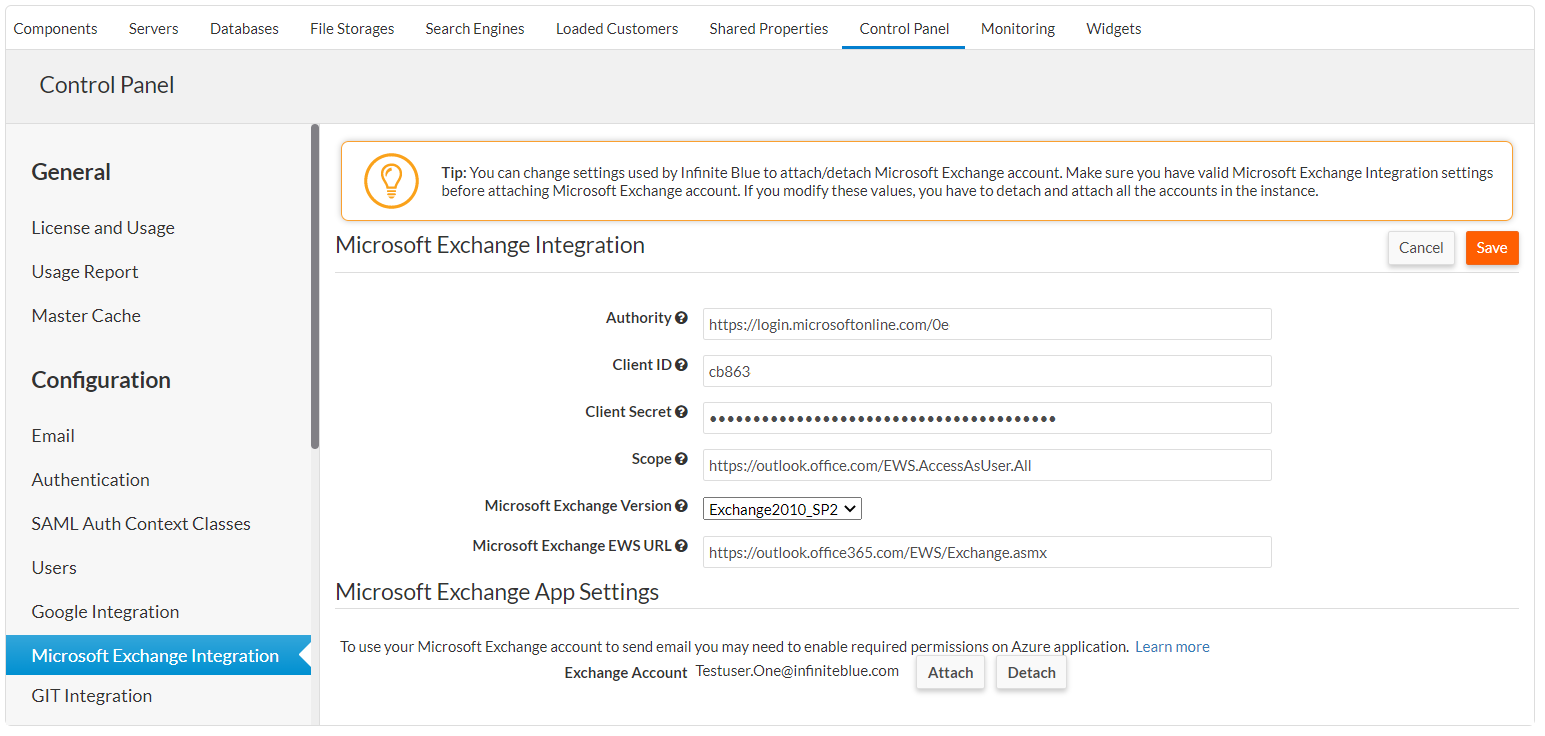What's New in Platform 6.5
This section outlines a summary of the highly anticipated features updates, enhancements, and performance improvements bundled with the Infinite Blue Platform version 6.5.0.0. Customers currently running version 5.0 or later are eligible to upgrade to version 6.5. If you are running an earlier version, please contact Support for additional information.
Features/Enhancements
Picklist Enhancement
In Platform 6.5.0.0, Picklist value integration codes must be unique by default. This helps to ensure that Picklist values are properly updated when an application is updated from an XML or through the Marketplace. However, for customers that do have duplicate codes today, they can disable this validation with the new shared property, SkipUniquePicklistCodesCheck.
The enhanced UI allows users to add, delete, edit, or reorder picklist values seamlessly without any impact on existing records. Additionally, users can also add new values in bulk.

Infinite Blue highly recommends customers plan to update any duplicate picklist codes and utilize this uniqueness validation if they upgrade their tenants' applications from XMLs or the Marketplace.
For detailed information, see Picklist Field.
Modern Authentication using OAuth 2.0 for Exchange Email
As Microsoft has deprecated the use of basic authentication, Platform 6.5.0.0 now supports 0Auth 2.0 authentication for Microsoft Exchange. This can be configured at both MASTER and TENANT level.

For detailed information, see Enabling Microsoft Exchange Integration.
Server-Side API Bulk Action Support (Beta)
Until Platform 6.5.0.0, the APIs used for creating, updating, and deleting records via rbv_api were done individually. Platform 6.5.0.0 now also allows API developers to use a single bulk call for multiple records requiring changes. This enhancement delivers improved performance, especially when dealing with a larger number of records.
For detailed information, see the APIs rbv_api.createRecord(), rbv_api.deleteRecord(), and rbv_api.updateRecord().
Background Job Processing Enhancements (Beta)
Until now, there were only three rbv_apis that support asynchronous processing - rbv_api.runTrigger(), rbv_api.attachAsync(), and rbv_api.detachAsync(). While these methods use different ways to handle asynchronous processing, there was never a standard/global syntax standardization. With Platform 6.5.0.0, a new method rbv_api.setOptions() is implemented along with async support for existing APIs. These options will be applied within the formula or trigger code.
For detailed information, see rbv_api.setOptions().
Weak Password Protection
With security top of mind, Platform 6.5.0.0 offers enhanced protection against weak passwords for high security level users. The built-in security is customizable and prevents users from specifying weak passwords by enforcing your requirements.

For detailed information, see Built-in Security Levels.
UI Performance Enhancements
The performance of UI utilizing GraalJS operations has been measurably optimized. This is especially noticeable for enhanced page loading performance, specifically around time to load pages for records with extensive relationship data.
Third-Party Library Update
To mitigate risk from vulnerable or end-of-life (EOL) components, Platform 6.5.0.0 has proactively bundled its third-party libraries and dependencies to their latest versions to ensure improved quality and performance.
Miscellaneous
HTTP Proxy
Platform 6.5.0.0 now supports utilizing a Proxy Server for HTTP requests made to external sources using ObjectScript API like rbv_api.sendHttpGet(), rbv_api.sendHttpPost(), or any other HTTP GET / HTTP POST triggers.
For detailed information, refer to this knowledge base article.
SAML Authentication Enhancement
In Platform 6.5.0.0, Authentication Context Classes are introduced for SAML Authentication. The Authentication Context Class appends required authentication information to the Identity Provider (IDP). These classes are configurable and allow SSO integration with any previously unsupported identify providers like ADFS that require authentication contexts other than PasswordprotectedTransport.
For detailed information, see Configuring SAML/ADFS Authentication for all tenants.

